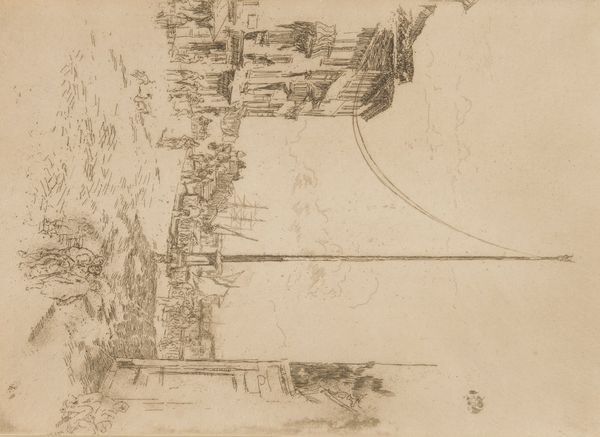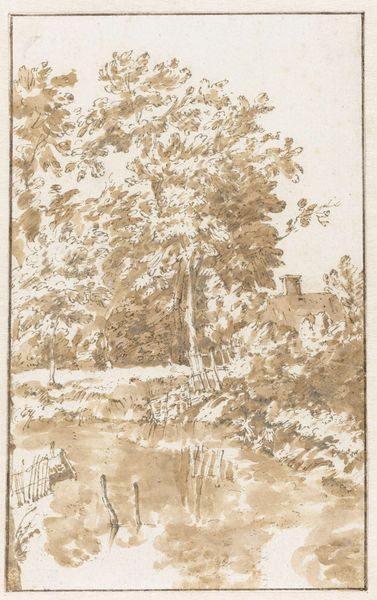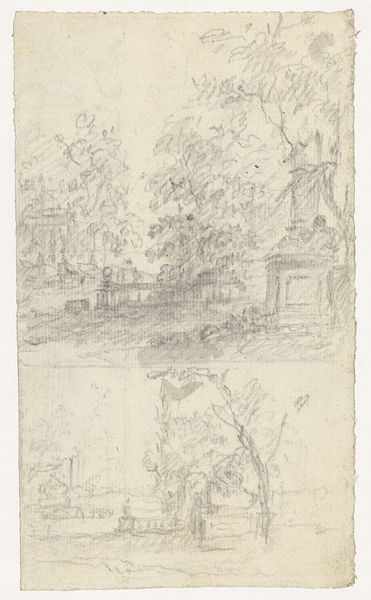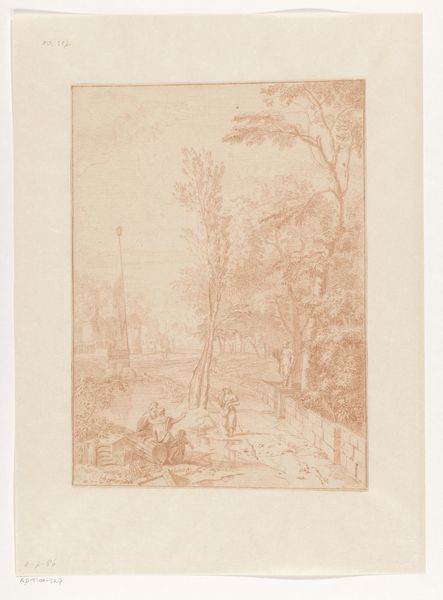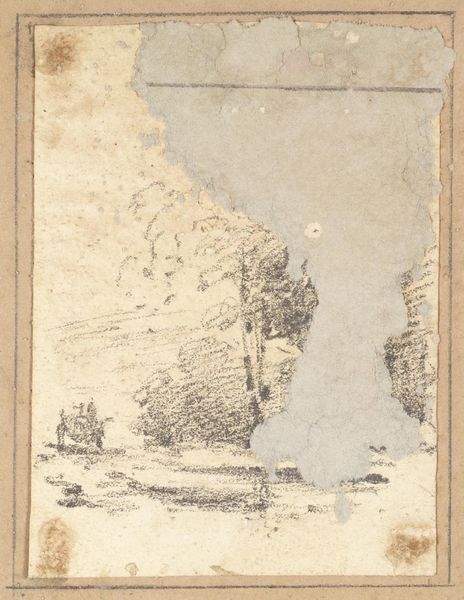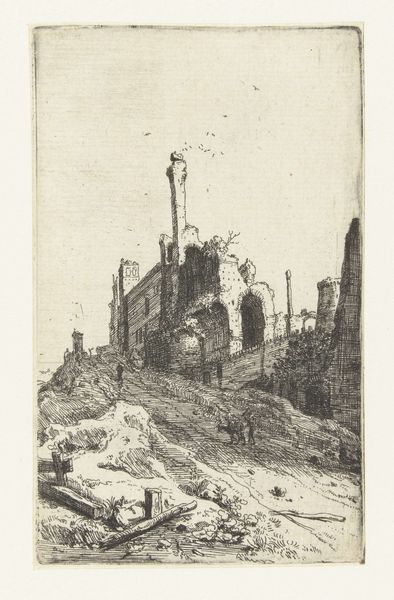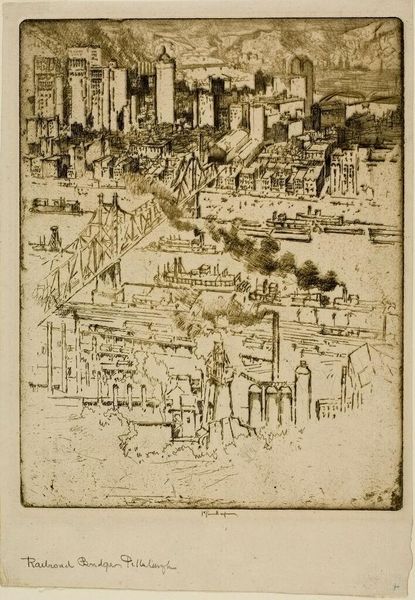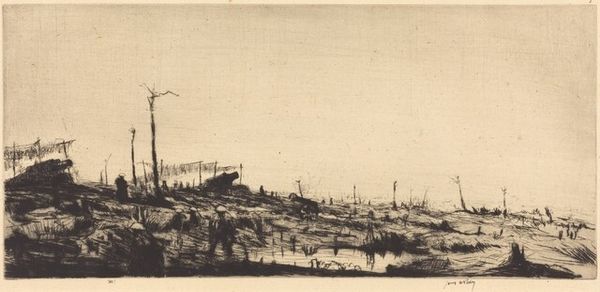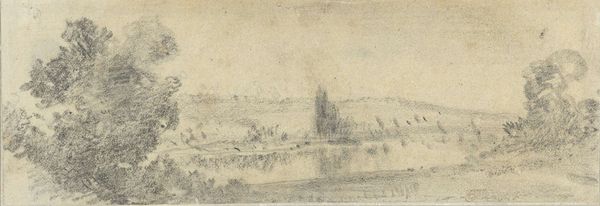
drawing, print, etching
#
drawing
# print
#
impressionism
#
etching
#
landscape
Copyright: Public Domain: Artvee
James Ensor made this etching, "Hutten," in 1888. Ensor was Belgian, living at a time when artists experimented with subject matter and the processes of image making. Look closely and you'll see that the image captures a small rural village. It's neither idealized nor romanticized. The artist chose to depict working class lives, and to question the growing industrialization of the time, the march of progress. Ensor lived in a politically charged Belgium, where socialist and anarchist movements grew strong, and the art world could be seen as part of the social structure. Ensor was not afraid to critique artistic institutions in his work, even as he participated in them. We can better understand Ensor by exploring period newspapers, political pamphlets, and exhibition reviews to understand the socio-political context of the art he was making. The meaning of art is contingent on these wider contexts.
Comments
No comments
Be the first to comment and join the conversation on the ultimate creative platform.
